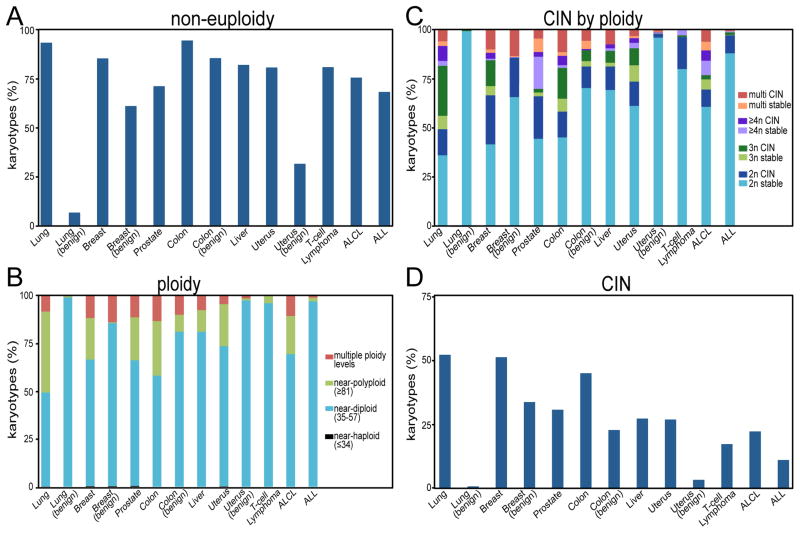Figure 1. Ploidy and CIN in human tumors.
A–D) Compiled from the Mitelman database [49]. n = 485 (lung), 172 (benign lung), 896 (breast), 228 (benign breast), 208 (prostate), 399 (colon), 145 (benign colon), 150 (liver), 290 (uterine), 506 (benign uterine), 110 (angioimmunoblastic T-cell lymphoma), 135 (anaplastic large cell lymphoma; ALCL), 400 (acute lymphoblastic leukemia/lymphoblastic lymphoma; ALL). A) Non-euploidy in human tumors, defined as any numerical deviation from a multiple of 23. Non-euploidy also includes pseudoeuploidy (i.e. 46, XY,−5,+9). B) Ploidy in human tumors, according to ISCN definitions. Multiple ploidy indicates a tumor with multiple clones from more than one ploidy level. C-D) CIN, defined as tumors having a range of chromosome numbers ≥ 2 (i.e. 47–49 chromosomes). C) ClN and chromosomally stable tumors classified by ploidy level. D) CIN by tumor site.

